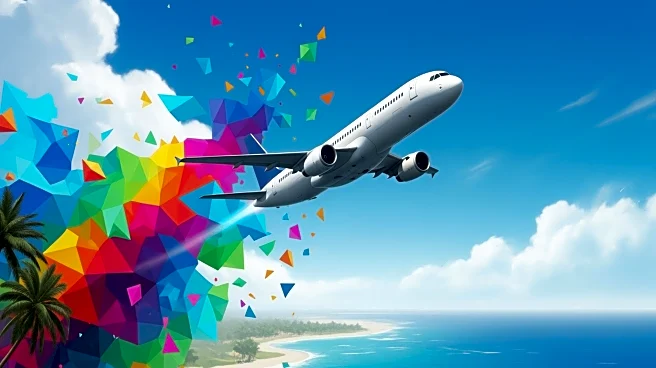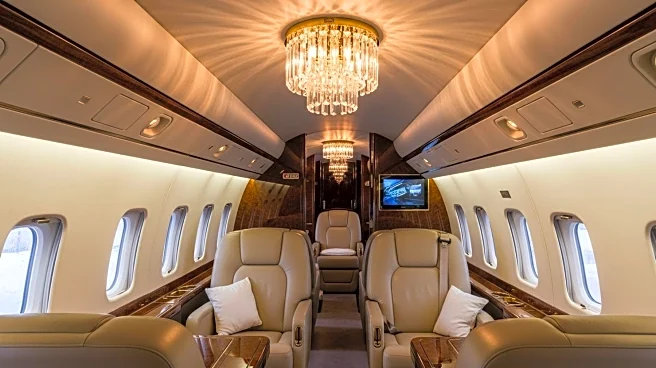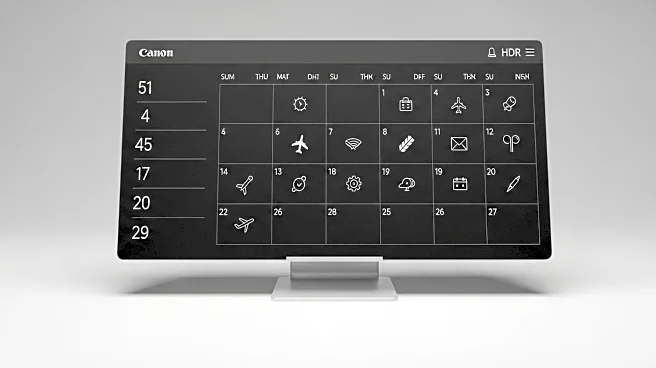What's Happening?
A recent search on Google Flights revealed an unusual business class routing from Miami to Nassau, offered by Caribbean Airlines. Instead of a direct 184-mile flight, the itinerary suggested a 3,264-mile journey via Port of Spain and Kingston, priced
at $553. This routing is nearly 18 times the direct distance between the two cities. The option, while intriguing, was not chosen due to the lengthy travel time and the inclusion of a redeye flight. The search highlights the sometimes peculiar routings airlines offer, which can be a source of inspiration for future travel reviews.
Why It's Important?
This unusual routing underscores the complexities and sometimes illogical nature of airline ticketing systems, which can offer travelers unexpected and lengthy itineraries. For frequent flyers and travel enthusiasts, such options can present unique opportunities to experience different airlines and routes, potentially enhancing their travel experiences. However, for the average traveler, these routings may be impractical, highlighting the need for careful consideration when booking flights. The situation also reflects the competitive nature of the airline industry, where carriers seek to maximize occupancy and revenue through creative ticketing strategies.
What's Next?
Travel enthusiasts may explore similar unconventional routings for future trips, potentially leading to reviews and insights into lesser-known airline services. Caribbean Airlines and other carriers might continue to offer such routings, appealing to niche markets interested in unique travel experiences. Additionally, airlines may refine their ticketing algorithms to better align with traveler preferences, balancing direct routes with creative options. The broader travel community may engage in discussions about the value and practicality of such itineraries, influencing future airline offerings.
Beyond the Headlines
The offering of such roundabout routings raises questions about the efficiency and environmental impact of airline operations. Longer flights consume more fuel and contribute to higher carbon emissions, prompting discussions on sustainable travel practices. Additionally, the appeal of unique travel experiences may drive innovation in the airline industry, encouraging carriers to develop new services and routes that cater to adventurous travelers. This trend could lead to a shift in how airlines market their services, focusing on experiential travel rather than just destination-based offerings.













